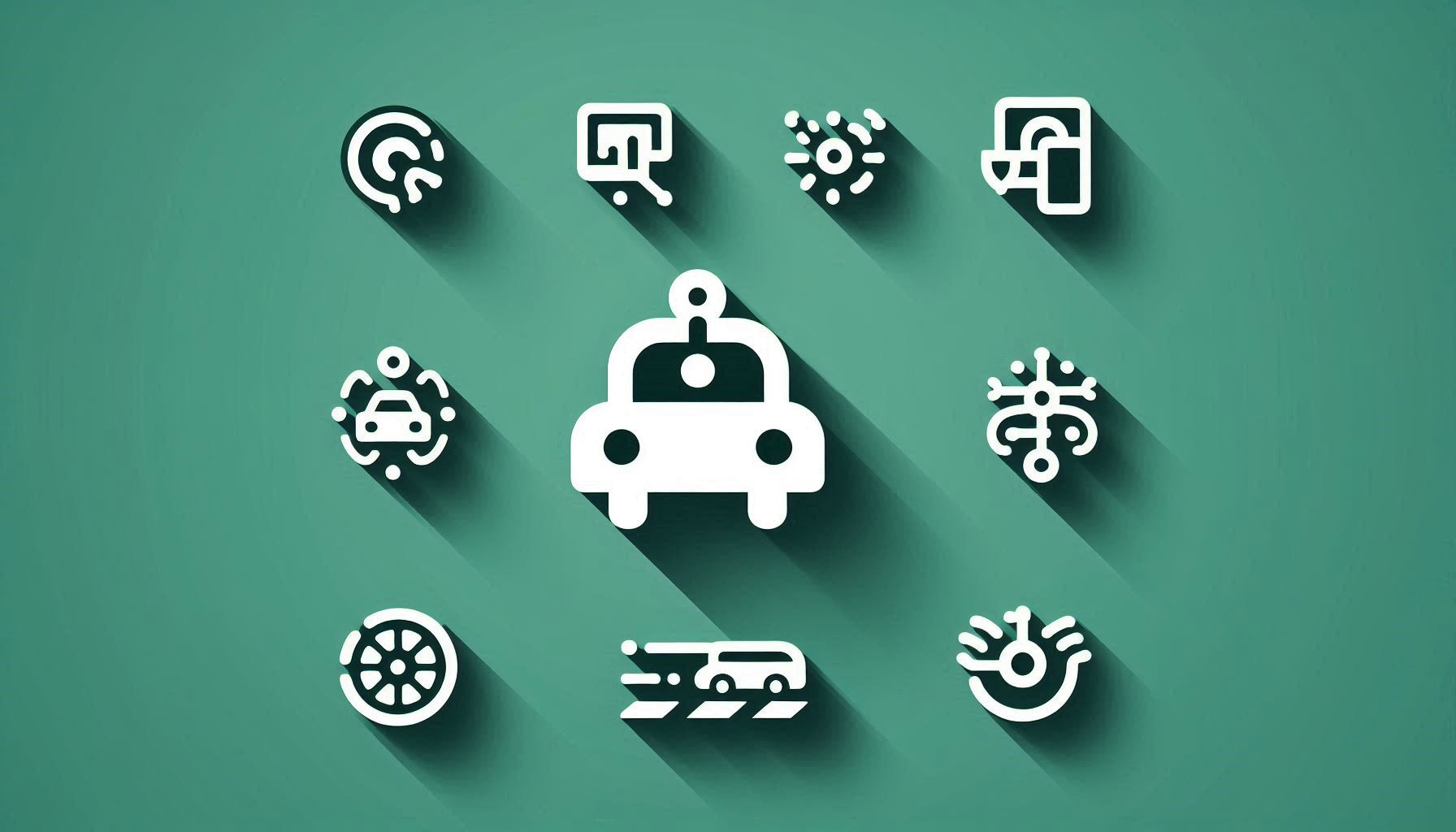Challenges of the Integration of Micromobility Vehicles into Modern Traffic and Transportation Systems

Downloads
This paper presents the main challenges of integrating micromobility vehicles into modern traffic and transportation systems. Although micromobility seems to be an effective concept for the first and last mile, the reality points to the potential problems that the integration of micromobility vehicles can create and that must be resolved appropriately. Micromobility vehicles are characterised by extensive development, which is not accompanied by appropriate legal regulations. The street design has its spatial limitations and usually separates non-motorised and motorised users, which is a notion that could be disrupted by new micromobility options. When it comes to Serbia, the existing legislation does not recognise the majority of micromobility vehicles, which results in the lack of safety of these participants and their place in the street profile. The aim of this paper is to provide guidelines for improving the existing regulations and integrating these vehicles into the traffic system of Serbia, with special reference to general recommendations through which micromobility vehicles can be treated in other countries. The results of this paper can be useful to decision-makers but also to all other participants in the process of developing effective policies and strategies for the integration of micromobility vehicles into traffic and transportation systems.
Downloads
Trpković A, et al. Micromobility revolution - Challenges and potentials. Towards a Humane City, 6-7 December, 2019, Novi Sad, Republic of Serbia. 2019. p. 231–237.
North American Bikeshare Association (NABSA). Shared Micromobility: State of the Industry Report. 2019. https://nabsa.net/2022/08/03/2021industryreport/ [Accessed 14th May 2023].
Karni I. What is the Legislation for Speed Electric Bikes in France?. https://easyebiking.com/what-is-the-legislation-for-speed-electric-bikes-in-france/ [Accessed 28th May 2023].
Staples H. New laws for speed pedelecs in 2017. https://www.holland-cycling.com/blog/275-new-laws-for-speed-pedelecs-in-2017 [Accessed 28th May 2023].
The Swiss Authorities Online. Cycling in Switzerland. https://www.ch.ch/en/cycling-switzerland/ [Accessed 17th May 2023].
Berggreen J. E-bikes Can Now Go Crazy Fast in Danish Bike Lanes. https://cleantechnica.com/2018/07/02/e-bikes-can-now-go-crazy-fast-in-danish-bike-lanes/ [Accessed 22nd May 2023].
Portland Bureau of Transportation. E-Scooter Findings Report. PBT, 2018. https://www.portland.gov/transportation/escooterpdx/2018-e-scooter-findings-report [Accessed 28th May 2023].
Fawcett A, Abu Tayeh B. Just scoot over here: E-scooter regulation in the UAE. https://www.tamimi.com/law-update-articles/just-scoot-over-here-e-scooter-regulation-in-the-uae/ [Accessed 18th May 2023].
Boccadutri C. Electric Scooters the new Rules. https://www.boccadutri.com/electric-scooters-the-new-rules/?utm_source=mondaq&utm_medium=syndication&utm_term=Transport&utm_content=articleoriginal&utm_campaign=article [Accessed 2nd June 2023].
Boufous S, Hatfield J, Grzebieta R. The impact of environmental factors on cycling speed on shared paths. Accident Analysis & Prevention. 2018;110:171–176. DOI: 10.1016/j.aap.2017.09.017.
De Rome L, et al. Bicycle crashes in different riding environments in the Australian capital territory. Traffic Injury Prevention. 2014;15(1):81–88. DOI: 10.1080/15389588.2013.781591.
Chong S, et al. Relative injury severity among vulnerable non-motorised road users: Comparative analysis of injury arising from bicycle-motor vehicle and bicycle-pedestrian collisions. Accident Analysis & Prevention. 2010;42(1):290–296. DOI: 10.1016/j.aap.2009.08.006.
Amsterdamse Fietswinkel. Electric bikes versus electric scooters in 2022/2023. https://amsterdamsefietswinkel.nl/en/2022/11/26/electric-bikes-versus-electric-scooters-in-2022-2023/#:~:text=Amsterdam currently bans most electric,can legally operate in Amsterdam [Accessed 10th June 2023].
Cunningham E. Paris could become the latest city to ban e-scooters. https://www.timeout.com/news/paris-could-become-the-latest-city-to-ban-e-scooters-012423 [Accessed 10th June 2023].
Attwood J. Paris residents vote to ban rental e-scooters. https://www.moveelectric.com/e-scooters/paris-residents-vote-ban-rental-e-scooters [Accessed 11th June].
News Agencies. Paris votes to ban rental e-scooters. https://www.aljazeera.com/news/2023/4/3/paris-votes-to-ban-rental-e-scooters#:~:text=Parisians have voted overwhelmingly to,the city of Paris website [Accessed 11th June 2023].
Concentrix+Webhelp. Micromobility - Managing the need for speed, convenience and compliance with regulations. https://thenest.webhelp.com/the-nest-supports-micro-mobility-players-remain-compliant/ [Accessed 11th June 2023].
Legal News. Are Electric Scooters Legal?. https://educaloi.qc.ca/en/legal-news/are-electric-scooters-legal/#:~:text=Though it may be hard,criminal charges in some situations [Accessed 13th June 2023].
European Parliament and the Council of the European Union. Regulation (EU) No 168/2013 on the approval and market surveillance of two- or three-wheel vehicles and quadricycles. EU; 2013. p. 77.
European Committee for Standardization. Safety standard adapted for Electrically Power Assisted Cycles (EPAC) - EN 15194. EU; 2017. p. 138.
European Committee for Standardization. Light motorized vehicles for the transportation of persons and goods and related facilities and not subject to type-approval for on-road use - Personal light electric vehicles (PLEV) - Requirements and test methods - EN 17128. EU; 2020. p. 92.
International Transport Forum. Safe Micromobility. ITF; 2020. https://www.itf-oecd.org/sites/default/files/docs/safe-micromobility_1.pdf [Accessed 15th June 2023].
Society of Automotive Engineers. Taxonomy and Classification of Powered Micromobility Vehicles J3194_201911. SAE. 2019. p. 12.
Giovannini V. The new European regulatory framework for micromobility could be adopted when it is already too late. https://www.lexology.com/library/detail.aspx?g=0812f760-18d4-4616-89f7-81f3fb1788d7 [Accessed 20th June 2023].
James O, et al. Pedestrians and e-scooters: An initial look at e-scooter parking and perceptions by riders and non-riders. Sustainability. 2019;11(20):1–13. DOI: 10.3390/su11205591.
Copyright (c) 2023 Branko MILOVANOVIĆ, Ana TRPKOVIĆ, Sreten JEVREMOVIĆ, Predrag ŽIVANOVIĆ, Stanko BAJČETIĆ, Andrea NAĐ

This work is licensed under a Creative Commons Attribution-NonCommercial 4.0 International License.




















